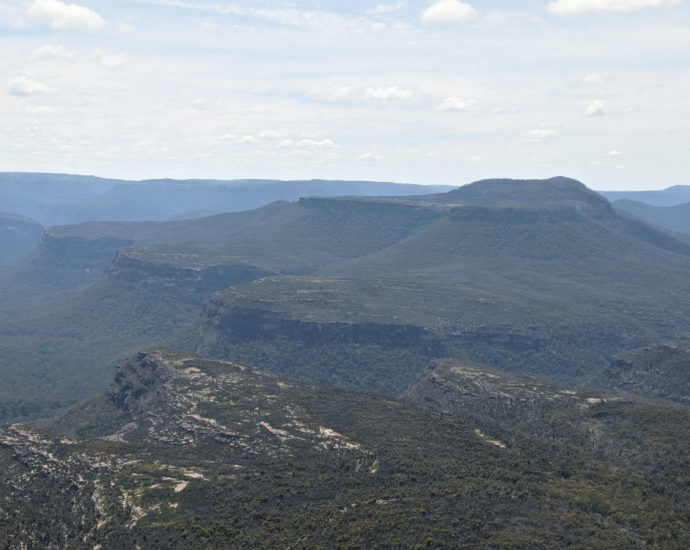Looking at the omicron outbreak impacts on hospitals in NSW
Now that we have the biggest Covid19 outbreak yet in NSW, what is the impact likely to be on hospitals? A fast growing outbreak with lower hospitalisations is still likely to lead to more total Covid19 hospitalisations than we have seen here so far. Continue Reading










